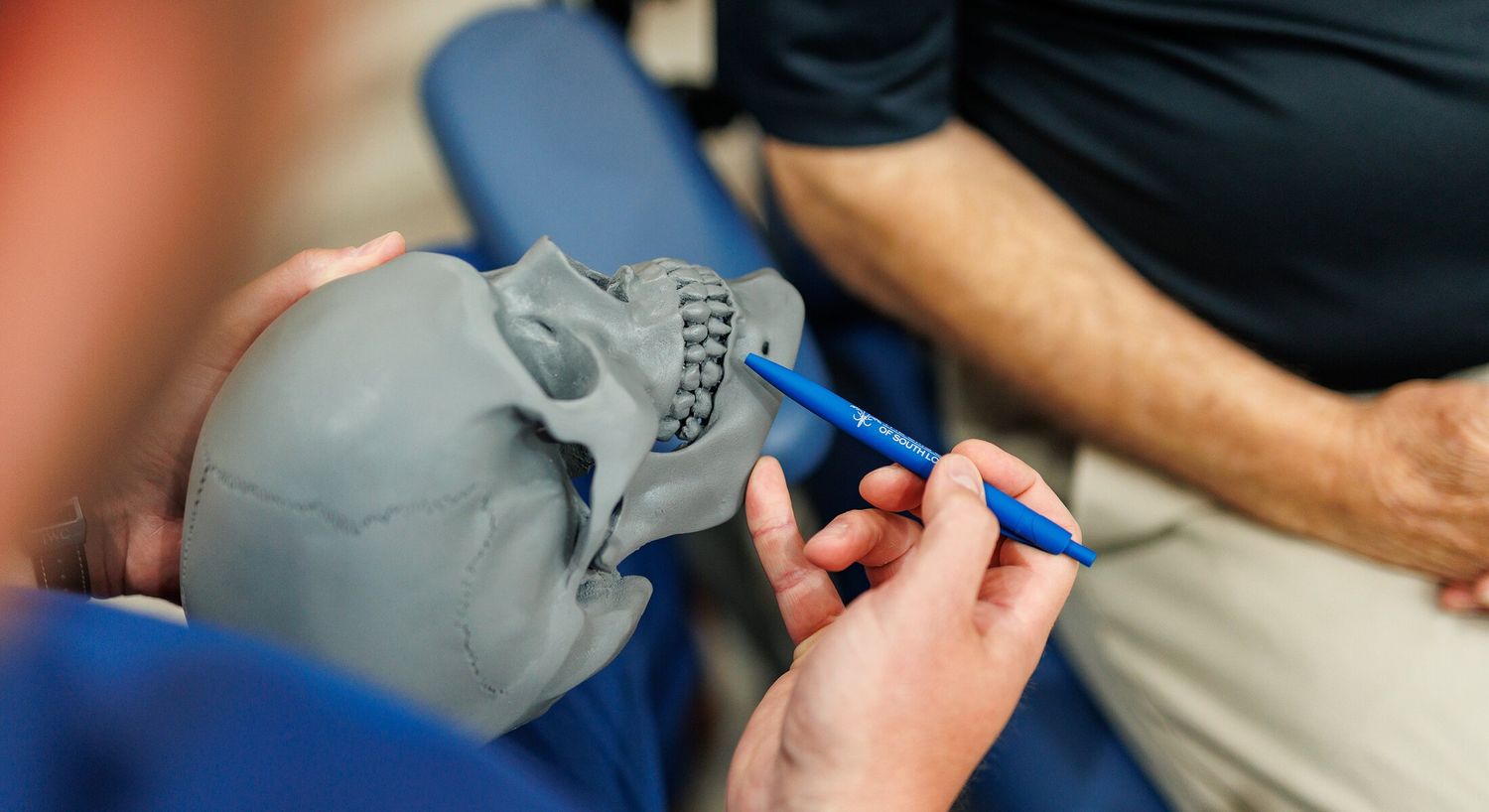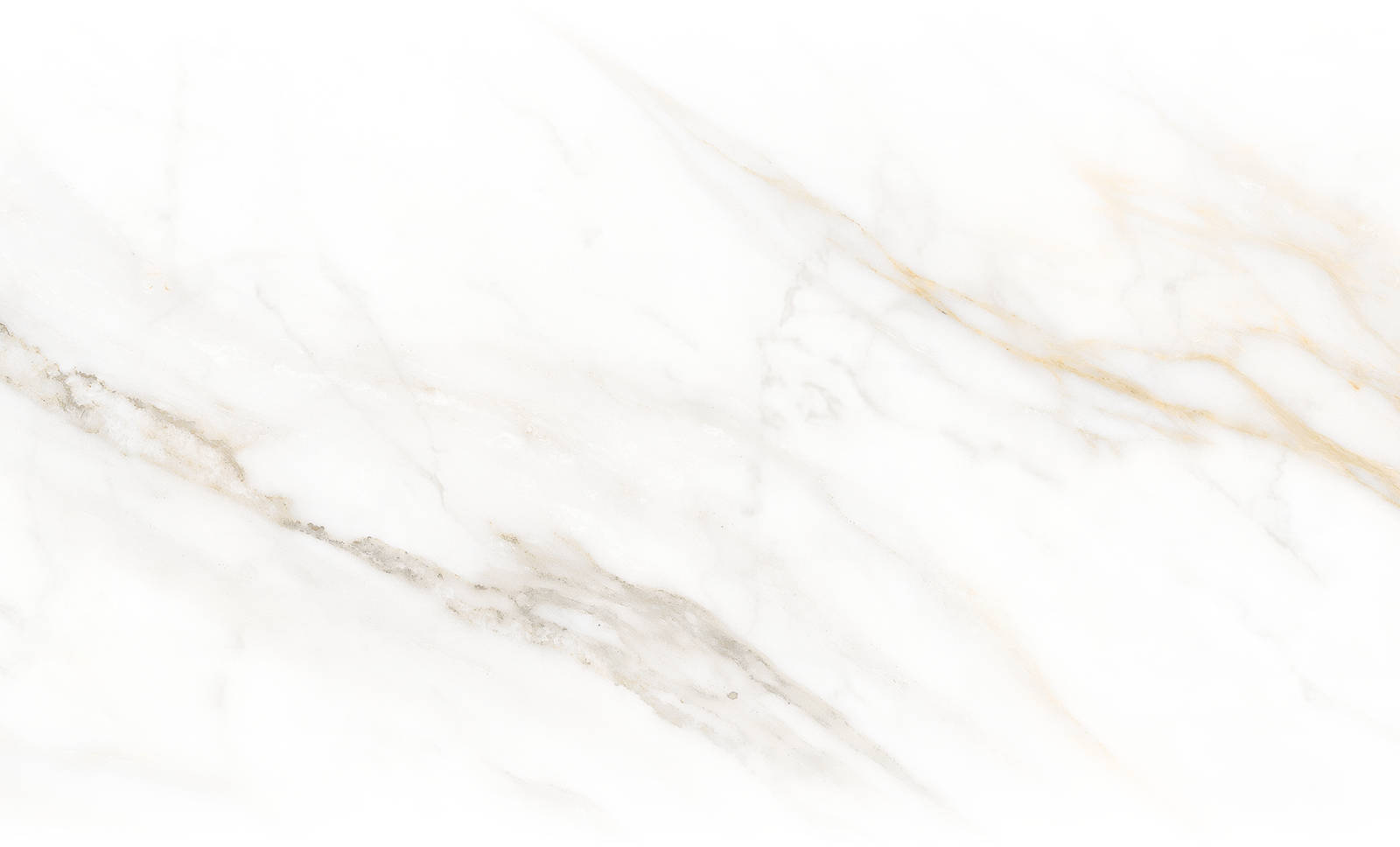
Corrective Jaw Surgery

Corrective jaw surgery, or orthognathic surgery, is a transformative procedure that corrects jaw misalignments affecting chewing, speaking, breathing, and facial harmony. At The OMS Center of South Louisiana, our skilled oral and maxillofacial surgeon, Dr. Joshua S. Brandner, DDS, MD, specializes in delivering advanced surgical care to restore both function and aesthetics. Whether you struggle with bite problems, facial asymmetry, or jaw pain, our team is dedicated to providing personalized solutions that improve your quality of life.

Corrective jaw surgery, or orthognathic surgery, is a specialized procedure that corrects jaw misalignments, addressing issues that impact both function and aesthetics. These misalignments may occur naturally, due to trauma, or as a result of improper jaw growth.
This surgery improves chewing, speaking, breathing, and overall facial balance by repositioning the upper jaw (maxilla), lower jaw (mandible), or both. For many patients, corrective jaw surgery provides a life-changing solution to functional issues while enhancing their confidence through improved facial harmony.

Corrective jaw surgery effectively treats a variety of functional and aesthetic conditions, including:
At The OMS Center of South Louisiana, we ensure your comfort and confidence throughout the corrective jaw surgery process. Here’s what you can expect:
Dr. Brandner conducts a thorough evaluation, including advanced imaging, to assess your jaw alignment and discuss your treatment plan. This consultation often includes coordination with your orthodontist for the best results.
On the day of surgery, general anesthesia ensures you are completely comfortable and pain-free throughout the procedure.
Dr. Brandner carefully repositions the upper, lower, or both jaws as needed. Incisions are made inside the mouth to avoid visible scarring, and the bones are secured with small plates and screws for stabilization.
After surgery, you’ll be monitored and given detailed aftercare instructions to ensure a smooth recovery. Most patients are able to return home the same day or after a short observation period.
Improved Function
Corrective jaw surgery enhances your ability to chew, speak, and breathe by aligning the jaw properly. Patients experience less strain and improved comfort during daily activities.
Relief from Jaw Pain
By resolving misalignment and TMJ issues, the surgery alleviates chronic jaw pain, headaches, and muscle tension.
Enhanced Appearance
Jaw realignment creates facial symmetry, corrects imbalances, and improves your overall appearance, boosting confidence and self-esteem.
Long-Term Health Benefits
Proper jaw alignment prevents excessive tooth wear, reduces the risk of gum disease, and improves overall oral health.
You may be a candidate for corrective jaw surgery if you experience:
Dr. Brandner will evaluate your condition, discuss your treatment goals, and determine if corrective jaw surgery is the right solution for you.

Recovery from corrective jaw surgery is a gradual process, but most patients experience significant improvement within a few weeks.
Follow-up visits with Dr. Brandner ensure that your recovery is progressing as expected.
Initial results, such as improved comfort and reduced pain, are noticeable as swelling subsides within 2-3 weeks. Final results, including improved bite function and facial appearance, become fully apparent after complete healing in 3-6 months. Corrective jaw surgery results are long-lasting. With proper care, including good oral hygiene and regular follow-ups, the function, alignment, and aesthetics improvements are permanent.
Yes, most patients need orthodontic treatment before and after surgery to align the teeth properly and ensure the best results.
The surgery typically takes 2-4 hours, depending on the complexity of the case.
Discomfort is normal but manageable with prescribed pain medication. Swelling and tenderness improve significantly within the first 1-2 weeks.
Most patients can return to light activities, like work or school, within 2 weeks, depending on their healing progress.
No, incisions are made inside the mouth, leaving no visible external scars.
Full recovery typically occurs within 3-6 months, with noticeable improvements in function and appearance much sooner.